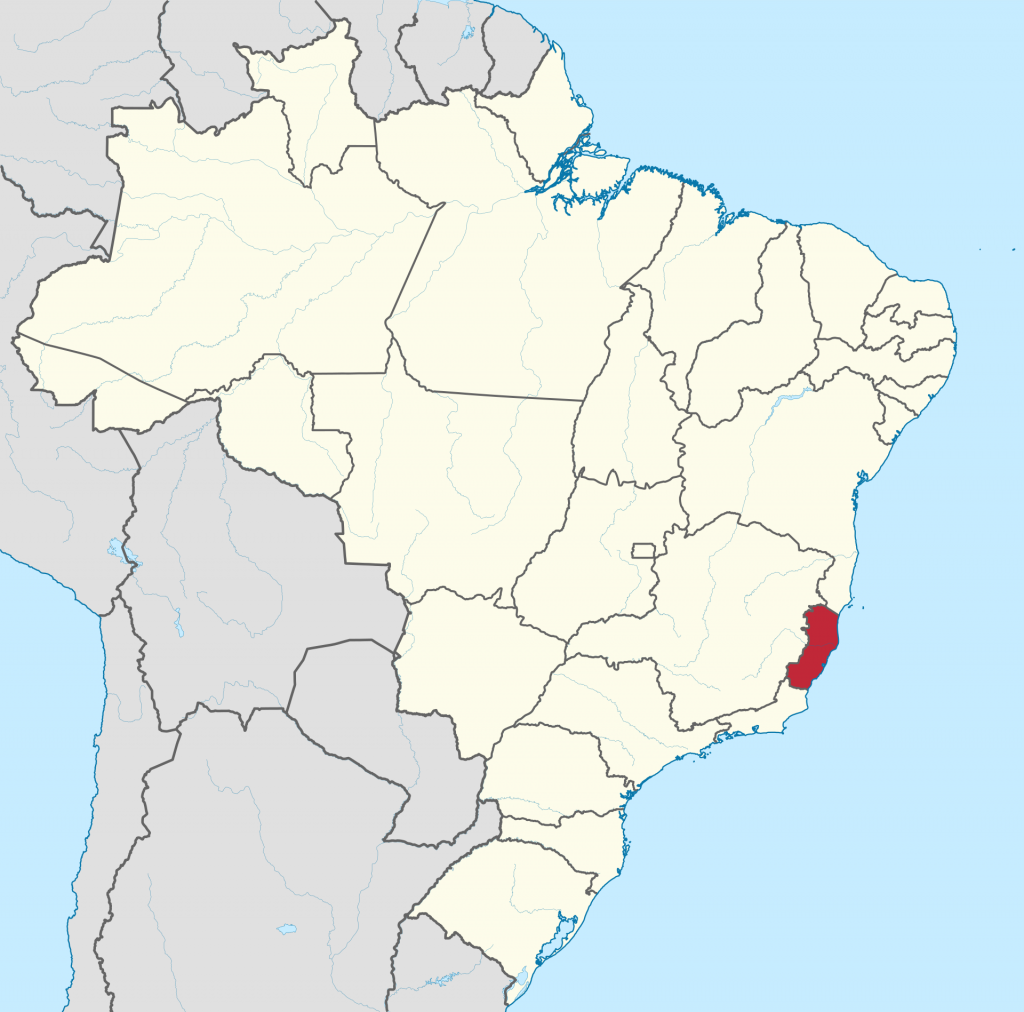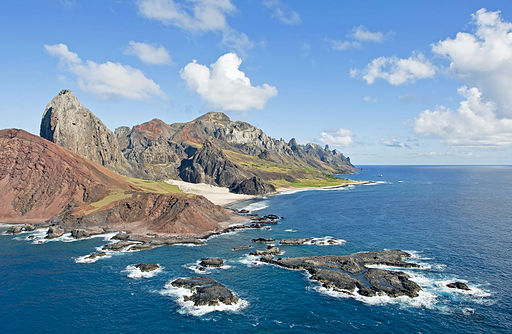Brazilian states: Espírito Santo Posted by carol on Jul 13, 2020 in Brazilian Profile, Culture, Customs, Geography, Vocabulary
Olá, queridos leitores! Hello, dear readers! Let me ask you something: do you like comidas saborosas, lazer, serras e praias (appetizing food, leisure, mountains and beaches)? So do we! And today, returning to our series about estados brasileiros (Brazilian states), we will talk about this hidden gem located in the sudeste do país (southeast of the country), which is often overlooked by the tourist glamour of other regions, yet leaves nothing to be desired. And this is Espírito Santo (literally translated as Holy Ghost).
Wedged between Rio de Janeiro, Bahia and Minas Gerais, Espírito Santo is um estado pequeno (a small state), slightly maior (larger) than Switzerland, with an extensive litoral (coastline) that includes 73 ilhas (islands)! Even its capital, Vitória, is found on one of these islands, with access to the mainland through several pontes (bridges). Let’s learn more about this lugar (place)?
Known for housing one of the largest mineradoras (mining companies) in the world, Espírito Santo goes beyond industrial paisagens (landscapes) and shelters paradisiacal destinations, and the culinária capixaba (capixaba cuisine) – as people born in the state are called – is hugely focused on fresh tropical products and frutos do mar (seafood). It’s time to work out an appetite and ficar com água na boca (make everyone’s mouth water)! If you happen to be in Espírito Santo, be sure to try the fish or seafood moqueca, which is a kind of rich stew.
But here’s a tip: you can also find it in Bahia, but their technique and sabor (taste) are quite different, so we highly recommend not to join in this quarrel with Baianos and Capixabas about the origin and the right way of preparing moqueca, unless you want to spend the whole day listening to which is the best and the “right” one! Jokes aside, other capixaba delights worth trying are the caranguejada (crab stew), the seafood torta (pie), fried peroá (a small local fish) and, for sobremesa (dessert), a muxá, which is a moist and slightly sweet bolo de milho (corn cake)!
“But what to visit in Espírito Santo?”, You may be asking yourself. Calm down, we’ll be listing some must-dos! If you want shift your attention off the coast, go to Pedra Azul, to the Matilde cachoeiras (waterfalls) or Pedra roxa and to Pico da Bandeira, the third largest mountain in Brazil. All these places are located within 200 km from Vitória. But if a spiritual retreat is what you are searching, be sure to stop by the Zen monastery Morro da Vargem, just over 50 km from the capital.
Now, if you are into the seaside, Trindade Island is one of the most stunning in the country, and don’t forget to make your way to the wonderful falésias (cliffs) of Marataízes, the priests’ beach in Guarapari, or the dunes and mangues (mangroves) of Itaúnas, in the north. And this is just to name a few of the many amazing places you’ll find along the way!
Have you ever been to Espírito Santo? Tell us about your experience and be sure to share other tips with our readers. Até mais! See you next time!

Build vocabulary, practice pronunciation, and more with Transparent Language Online. Available anytime, anywhere, on any device.







